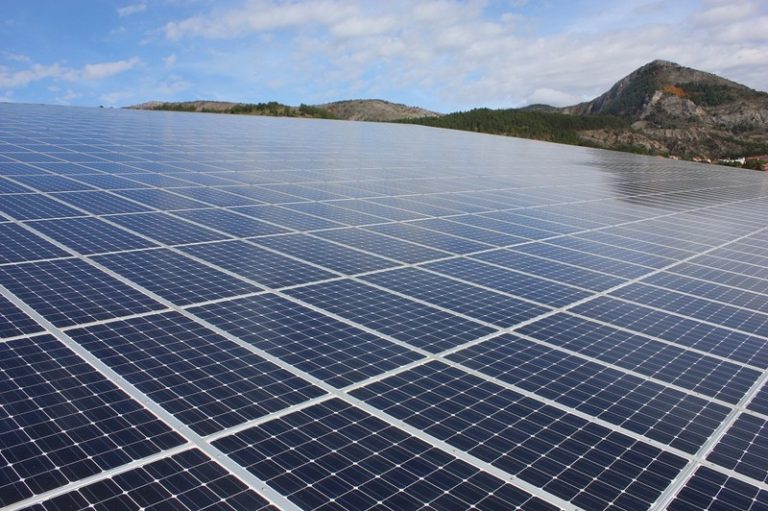Defective solar panels can exhibit various symptoms that indicate performance issues or potential problems.
- Reduced Power Output:
- A significant decrease in the power output of the solar panels compared to their expected performance is a clear sign of an issue. This could be due to problems with individual cells, connections, or overall system malfunctions.
- Inconsistent Energy Production:
- Fluctuations or irregular patterns in energy production that cannot be attributed to changes in weather conditions may indicate a defect in the solar panel or the entire system.
- Hotspots:
- Hotspots occur when a specific area of a solar panel generates more heat than the surrounding areas. This can be caused by a malfunctioning cell and may lead to accelerated degradation if not addressed.
- Visible Physical Damage:
- Cracks, discoloration, or physical damage to the surface of solar panels can be visual indicators of defects. These issues can compromise the structural integrity and performance of the panels.
- Delamination:
- Delamination is the separation of layers within the solar panel. Bubbles or visible gaps between layers can be a sign of this issue, potentially leading to reduced efficiency and increased vulnerability to environmental factors.
- Faulty Wiring or Connections:
- Loose or damaged wiring, as well as poor connections, can result in electrical issues and a decrease in overall system performance. Monitoring for electrical irregularities is crucial for identifying such problems.
- Inverter Issues:
- Problems with the inverter, which converts DC power generated by the solar panels into usable AC power, can affect the overall system performance. Unusual noises, error codes, or frequent shutdowns may indicate inverter problems.
- Shadowing Issues:
- Partial shading of solar panels due to nearby obstructions can lead to mismatched voltages and currents, causing hotspots and reducing overall efficiency.
- Failure to Meet Expected Performance Metrics:
- If the solar panels consistently fail to meet the expected performance metrics outlined by the manufacturer, it could indicate underlying defects or issues with the entire solar energy system.
- Communication Errors:
- Monitoring systems that show communication errors, inability to collect data, or inconsistent reporting may suggest a problem with the sensors, wiring, or other components.
- Environmental Damage:
- Damage from environmental factors, such as hail, extreme temperatures, or moisture ingress, can compromise the integrity of solar panels and lead to defects.
- Rapid Degradation:
- If solar panels exhibit rapid degradation in their performance over a short period, it may be indicative of manufacturing defects or premature wear and tear.
Regular monitoring and maintenance are essential to identify and address these symptoms promptly. If you suspect any issues with your solar panels, it’s recommended to consult with a professional solar technician or the manufacturer for a thorough inspection and necessary repairs.


